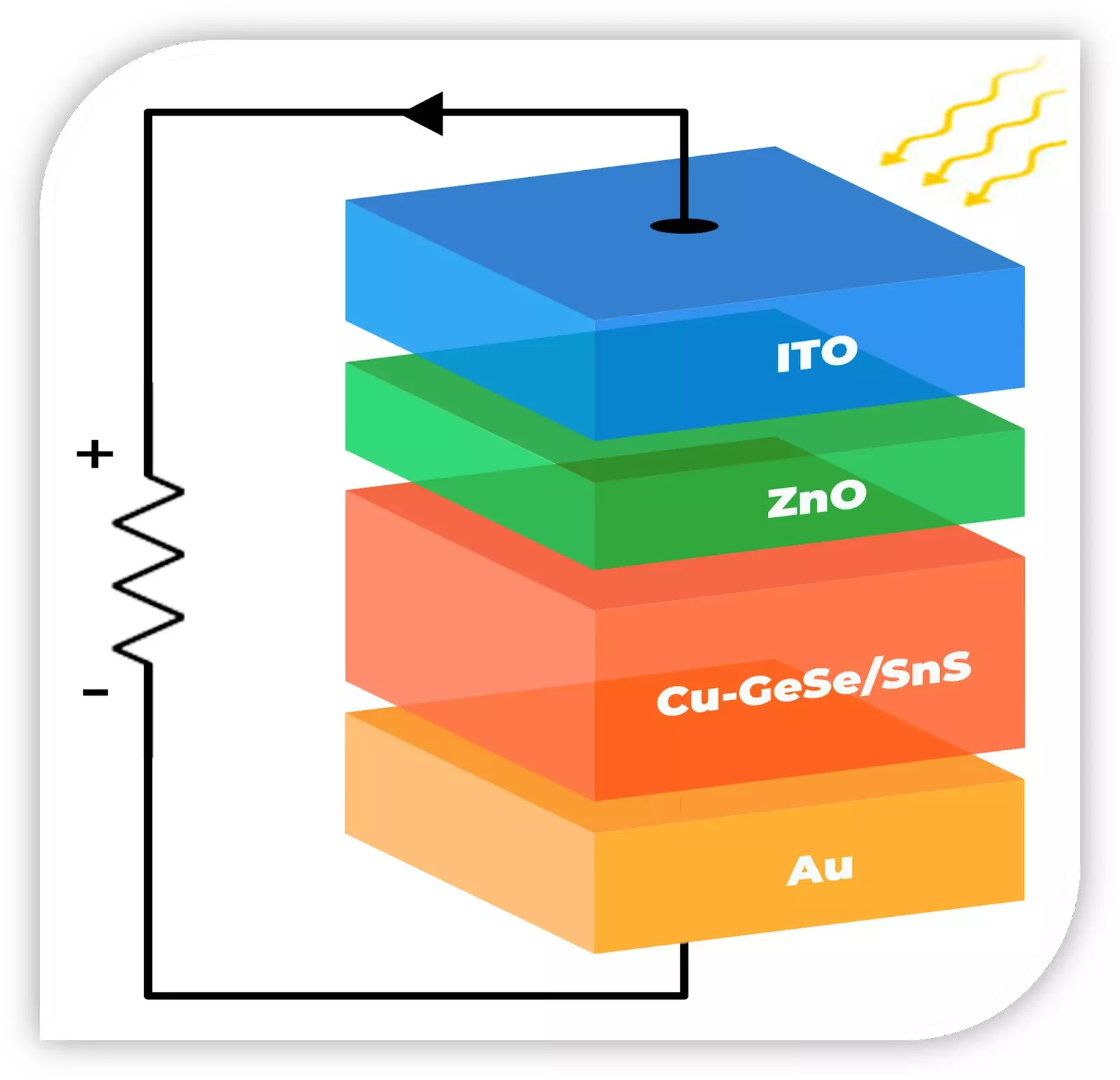A recent study conducted by researchers at Lehigh University has resulted in the development of a groundbreaking material that has the potential to significantly enhance the efficiency of solar panels. Through the use of this material as the active layer in a solar cell prototype, the researchers were able to achieve an average photovoltaic absorption rate of 80%. This is coupled with a high generation rate of photoexcited carriers and an external quantum efficiency (EQE) that reaches an impressive 190%. These results surpass the theoretical Shockley-Queisser efficiency limit for silicon-based materials, marking a major milestone in the field of quantum materials for photovoltaics.
At the heart of this material’s efficiency lies its distinctive “intermediate band states.” These specific energy levels are strategically positioned within the electronic structure of the material to enable optimal solar energy conversion. With energy levels falling within the ideal subband gaps, ranging from 0.78 to 1.26 electron volts, the material can efficiently absorb sunlight and generate charge carriers. Notably, the material excels in absorbing infrared and visible light, outperforming traditional solar cells in these regions of the electromagnetic spectrum.
In traditional solar cells, the maximum EQE is capped at 100%, representing the generation of one electron per photon absorbed. However, recent advancements in materials and configurations have shown the potential for an EQE exceeding 100%, thanks to the concept of multiple exciton generation (MEG). While these MEG materials are not yet widely utilized, they offer the promise of significantly boosting solar power system efficiency. The material developed by the Lehigh researchers leverages intermediate band states to capture photon energy that would otherwise be lost through reflection or heat production.
Innovative Development Process
The novel material was created by harnessing “van der Waals gaps,” tiny spaces between layered two-dimensional materials that can accommodate molecules or ions. By inserting zerovalent copper atoms into the gaps between layers of germanium selenide (GeSe) and tin sulfide (SnS), the researchers were able to craft a material with unprecedented solar energy conversion potential. This innovative approach, guided by computational modeling and theoretical analysis, has paved the way for the development of next-generation photovoltaic applications.
While the integration of the newly designed material into existing solar energy systems will require further research and refinement, the experimental technique used to create these materials is already highly advanced. Scientists have honed their ability to insert atoms, ions, and molecules into materials with precision, opening up new possibilities for enhancing solar energy efficiency. Dr. Chinedu Ekuma, lead researcher on the project, underscores the potential of the Cu-intercalated GeSe/SnS material as a game-changer in the field of advanced photovoltaics.
The development of this groundbreaking material represents a significant step forward in the quest for sustainable energy solutions. With its unmatched efficiency and innovative design, the material offers a glimpse into a future where solar energy plays a central role in meeting global energy needs. The work done by the researchers at Lehigh University serves as a testament to the power of interdisciplinary collaboration and scientific innovation in driving progress towards a more sustainable future.


Leave a Reply